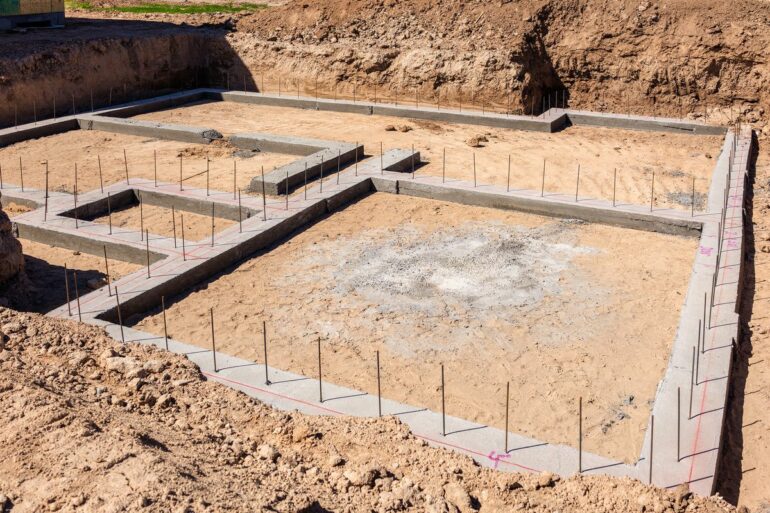Getting the right property development finance in place is essential to the success of any development project.
Yet with such a wide range of borrowing options available, navigating the funding choices can be overwhelming for anyone new to the market.
Development finance is essentially a form of short-term lending used to provide a cash injection for any form of building or refurbishment project.
It can cover the construction or refurbishment of any residential or commercial property such as offices, hotels and restaurants and includes term loans, mortgages and mezzanine finance (a combination of loans and equity).
Due to the complex and individual nature of many of these extensive projects, there are a number of different development finance options available depending on the type of project that is being undertaken.
Typically, development finance is used for large scale residential or semi-commercial projects such as ground-up builds which are constructed from scratch, as well as commercial to residential conversions.
These projects often require substantially large loan amounts that can often reach into several million pounds, have longer terms of up to 36 months and have a construction loan drawn down agreement that is signed off in stages as the work progresses.
One of the main differences with this type of loan is the way in which the loan value is calculated, with both the value of the land and the cost of the construction considered separately but still accounted for as part of the same transaction.
Typically, the maximum gross development value (LTGDV) is often around 70%, with the loan to value calculated on the estimated value of the property on completion, while borrowing for the development work itself can equate to between 85% to 90% of the total value of the cost of development with some lenders also funding 100% of the works.
Given the increased risk to the lender, development finance comes with a higher interest rate than other forms of finance, but once the project comes to a close, there is an option to move to a development exit loan which will have a lower rate.
Typically, this is a short-term bridging option that is used to pay off the outstanding loan on a recently or almost complete development and repayment is centred on the sale plan for the project.
This can be an extremely complex process, particularly when single units are being sold off and lenders often require detailed plans on potential sales in order to recoup the sales proceeds and reduce the loan value.
For those completing a substantial refurbishment of a residential property, including the conversion of a commercial property into a residential property, then a refurbishment finance loan can be used with or without the need for planning permission or building regulation approval.
This is secured using a first charge loan on the property with the LTV based on the completed development value. Interest can be rolled up and paid in one go alongside the loan when the project is complete and in the majority of cases, the maximum term is 18 months.
Development finance is extremely complex and lenders always require a detailed plan of the proposed project as well as proof that it can be completed and that the loan can be serviced before any agreement can take place.
Using a specialist like Norton Broker Services can help brokers navigate this unfamiliar territory and provide them with the support they need to conduct business in this niche sector of the market.
Sonny Gosai is senior sales development manager at Norton Broker Services




